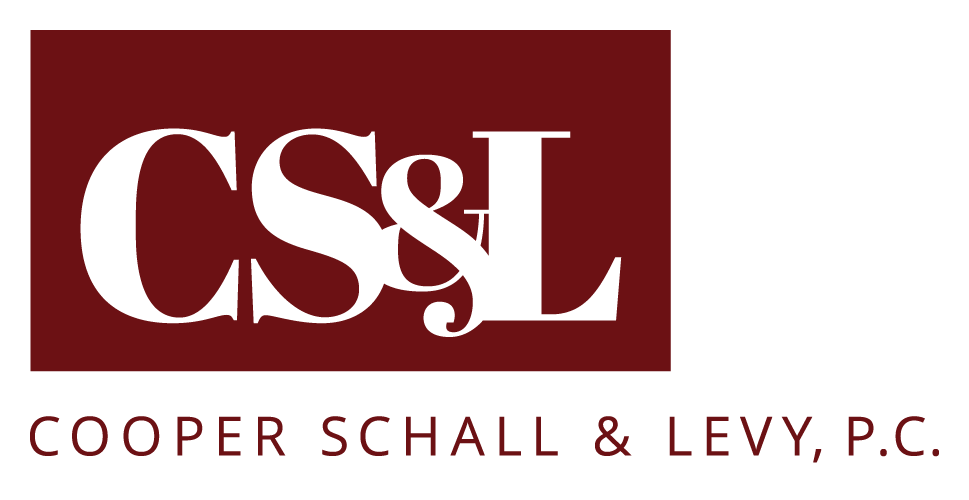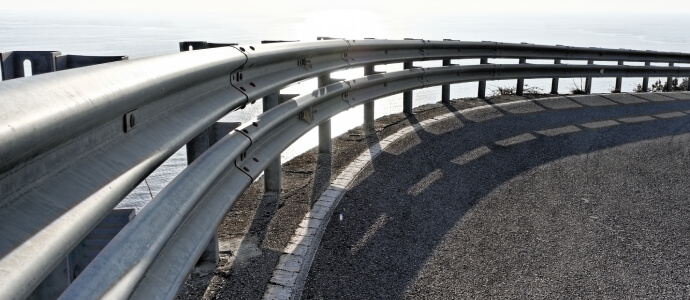Guardrails keep vehicles from veering off highways and roads, preventing what would otherwise be serious and deadly crashes. Few of us give much thought to them and assume they will keep us safe. But in some cases, colliding with a defective guardrail may cause a major, sometimes fatal, car accident.
The personal injury attorneys of Cooper Schall & Levy represent victims of defective guardrail accidents. We thoroughly investigate our clients’ cases and explore every legal option for winning the compensation they deserve.
Why Guardrails Are There
Not many drivers pay attention to guardrails, but they serve a crucial safety function on Pennsylvania highways and roads. Many roads in our state are rural or have other features like high traffic volume and curves that make them potentially dangerous. Some roads and highways are built through uneven terrains such as steep hills, bodies of water, and thick forests. A driver that accidentally goes off the road, for any reason from bad weather to not paying attention, could get seriously injured or even killed.
Properly working guardrails accomplish two important objectives: they keep the vehicle from entering into potentially hazardous territory, such as a steep embankment or body of water, and they absorb the blow of a crashing car and thereby slow it down. Both of these have the effect of reducing the severity and lethal nature of a car accident. That’s why injuries from a vehicle crashing into a guardrail are often relatively less serious than they would be without one.
Guardrails are therefore installed in many places as a barrier between you and a much worse situation. If a vehicle bumps into or even crashes into you, it’s generally better for your vehicle to collide with a guardrail than to go off the road. At least, that’s the theory. But sometimes this doesn’t work out in real life.
What Makes Guardrails Defective?
A defective guardrail can fail to absorb a crashing vehicle – in other words, give way and allow the driver to experience a more serious crash – or can itself cause injury to the driver upon impact. There are several ways the latter can occur. For example, if someone were to crash into the end of a guardrail, it may impale the driver or passengers. Crashing into the middle of a guardrail can have a similar effect, and the metal from the rail can end up piercing the vehicle and its occupants.
Guardrails are usually defective for one of two reasons:
- Design defect. This means that although the guardrail was constructed according to technical specifications, it has a major design flaw that makes it unsafe. In other words, even if built properly, it is inherently dangerous based on the way it was designed.
- Manufacturing defect. A manufacturing defect is, roughly, the opposite of a design defect: there’s nothing wrong with the design itself, but the guardrail was made unreasonably dangerous because it was constructed improperly.
Common Injuries From a Defective Guardrail Accident
If one of the above defects has rendered a guardrail unsafe, then the driver and passengers could suffer several serious injuries upon impact. The guardrail may either give way or function improperly, in which case these injuries might occur:
- Severe lacerations
- Puncture wounds
- Broken bones
- Traumatic brain injury
- Concussion
- Spinal cord injuries
- Internal organ damage and bleeding
- Amputation
- Eye injuries
- Disfigurement
- Death
If you’ve been in an accident involving a guardrail, it’s important that you seek immediate medical attention. This is true even if you don’t realize the guardrail is defective or you think your injuries are minor. Not only could your condition worsen if not treated, but you could jeopardize your ability to recover damages if you don’t seek treatment.
Who Is Responsible For a Defective Guardrail Accident?
Accidents are never simple, and several parties could be held potentially liable after one involving a guardrail. Here are a few examples:
- State or federal government. The government – typically the state of Pennsylvania, but sometimes the federal government – is responsible for ensuring that guardrails they install are reasonably safe. In 2018, the Pennsylvania Supreme Court clarified that the state can be held liable if it fails to do so. It’s important to note that the government has no affirmative duty to erect a guardrail, just that any that are installed must be safe.
- The company that designed or manufactured the guardrail. One of the above defects – design or manufacturing – could make the company that designed or produced the guardrail responsible after an accident. Cases like these often require the input of expert witnesses who can explain the scientific or technical reasons that the guardrail failed to do its job.
- The contractor that installed the guardrail. Sometimes the government or a private company will outsource the work of installing a guardrail to a third-party contractor. If the guardrail is not properly installed, it could be rendered unsafe. Again, a case like this would probably require help from an expert witness.
- The other driver. Of course, the driver who caused you to crash will share responsibility if he or she was negligent. Although liability for an automobile accident is distinct from liability for defective guardrails, it’s difficult to separate the two. When an accident occurs, a dedicated personal injury lawyer will examine all potentially responsible parties.
Contact Our Philadelphia Defective Guardrail Accident Attorney
All of the above may share responsibility for your accident. But suing the government, a negligent driver, or a private company is no simple task. And there’s a good chance the other party will attempt to blame you for getting into the wreck, to begin with. That’s why you need Cooper Schall & Levy. If you’ve been in an accident involving a defective guardrail, put our experience to the test. Call us today.
Cooper Schall & Levy personal injury lawyers serve Philadelphia, Pennsylvania as well as neighboring counties such as Montgomery County and Delaware County and cover neighborhoods such as Norristown and Drexel Hill.


